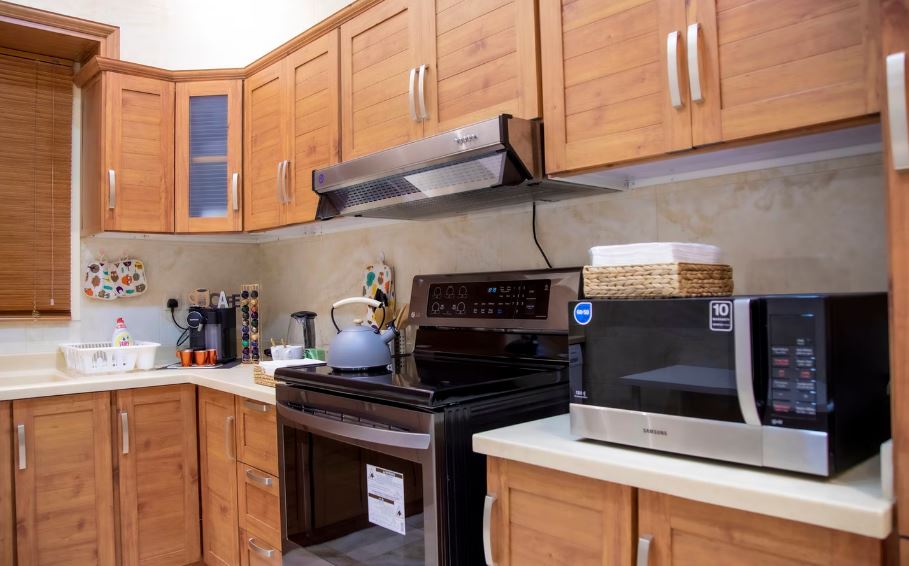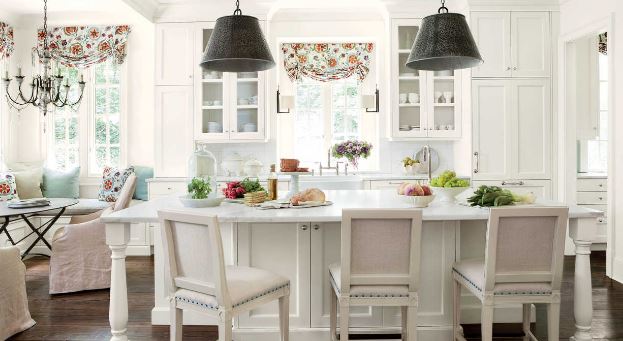What are the most popular interior design styles? That is a question that many homeowners ask themselves when they are looking to make changes to their homes. When it comes to trends, you can always count on the current year’s top designs continuing into future years. This article will discuss what designers and experts think about the most popular interior design styles.

Mid-century modern
Mid-century modern is a design style originating in the 1950s. It remains very popular today with its emphasis on clean lines, minimalism, and functionality similar to designs found in most Austin Apartments.
Modernism had a major influence on the design of homes in the 50s, 60s, and 70s. Mid-century designs often feature simplicity of form as well as materials such as metal or plastic along with new building techniques including those found on aircraft during World War II. This style incorporates some elements from other styles such as Art Deco and Scandinavian Design, but also has its own unique characteristics.
The mid-century modern style reflects the desires of many people who want a more relaxed and casual aesthetic in their homes. This look is popular for its uncluttered feel, which makes it easy to live with while still looking stylish and chic.
Scandinavian design
Scandinavian design is a minimalist trend that keeps on gaining popularity. It’s known for its neutral colors, clean lines, and materials like wood, fiberglass, and metal. This style works well in both large open spaces as well as smaller rooms because it creates an illusion of space with lots of light. Scandinavian design is a term used to describe a style of interior or sometimes exterior decoration that brings together traditional elements with modern designs.
The Scandinavian countries have been at the cutting edge of technology for many years, and their designers are now using this expertise to bring new technology into classic furniture styles such as the Danish company House Copenhagen who has adapted old pieces from its range to fit in Smart Home devices.
Other examples include Scandi Kitchenware which adapts popular mid-century kitchen items so they can be controlled by smartphones and Scandinavia Wallpaper which provides wall coverings printed with digital patterns.
Japandi interior design
Japandi interior design is a style that emulates the Japanese way of life. It often uses natural materials like wood and paper to define the space in subtle ways, with minimal furniture and lighting. The most important part about this type of decoration is paying attention to every detail, which makes it very popular among homeowners looking for something unique and clean at the same time.
Mainly found in homes built after 1979 since traditional houses don’t really work well with these styles due to their open floor plans and wooden architecture. Also known as “Wabi Sabi” or Zen style, modern interpretations can be seen on hotels such as Peninsula Tokyo where everything has been carefully thought out from fabrics used on walls upholstery pieces.
Are you passionate to know more about Interior design and different styles? You can consider enrolling in the interior design training created by Homedesigninstitute.com.
Contemporary home décor
Contemporary style is a long-time favorite for many people. It has been around since the 1950s and it continues to be popular today. Contemporary interior design works well with any home décor from country cottage chic to modern city sleek.
Most of the time contemporary spaces are relatively roomy and airy with lots of light and little furniture – they often feature clean lines in neutral colors like white or cream, floors tend toward hardwood, tile, and linoleum for those who want eco-friendly flooring, and cork board which makes for a low-maintenance, easy to clean floor.
Contemporary home décor often features natural materials such as wood or stone plus one other material combined in an interesting way – this could be marble mixed with glass or metal fixtures on wooden floors.
In a nutshell, the future of interior design is going to be all about minimalism and comfort. Smaller homes will require more efficient designs that make use of every inch – this means less storage space, but also less clutter.
Using clean lines and neutral colors allows for endless decorating possibilities as well. So, remember to keep it simple – you can always add new decorations later on if needed.



